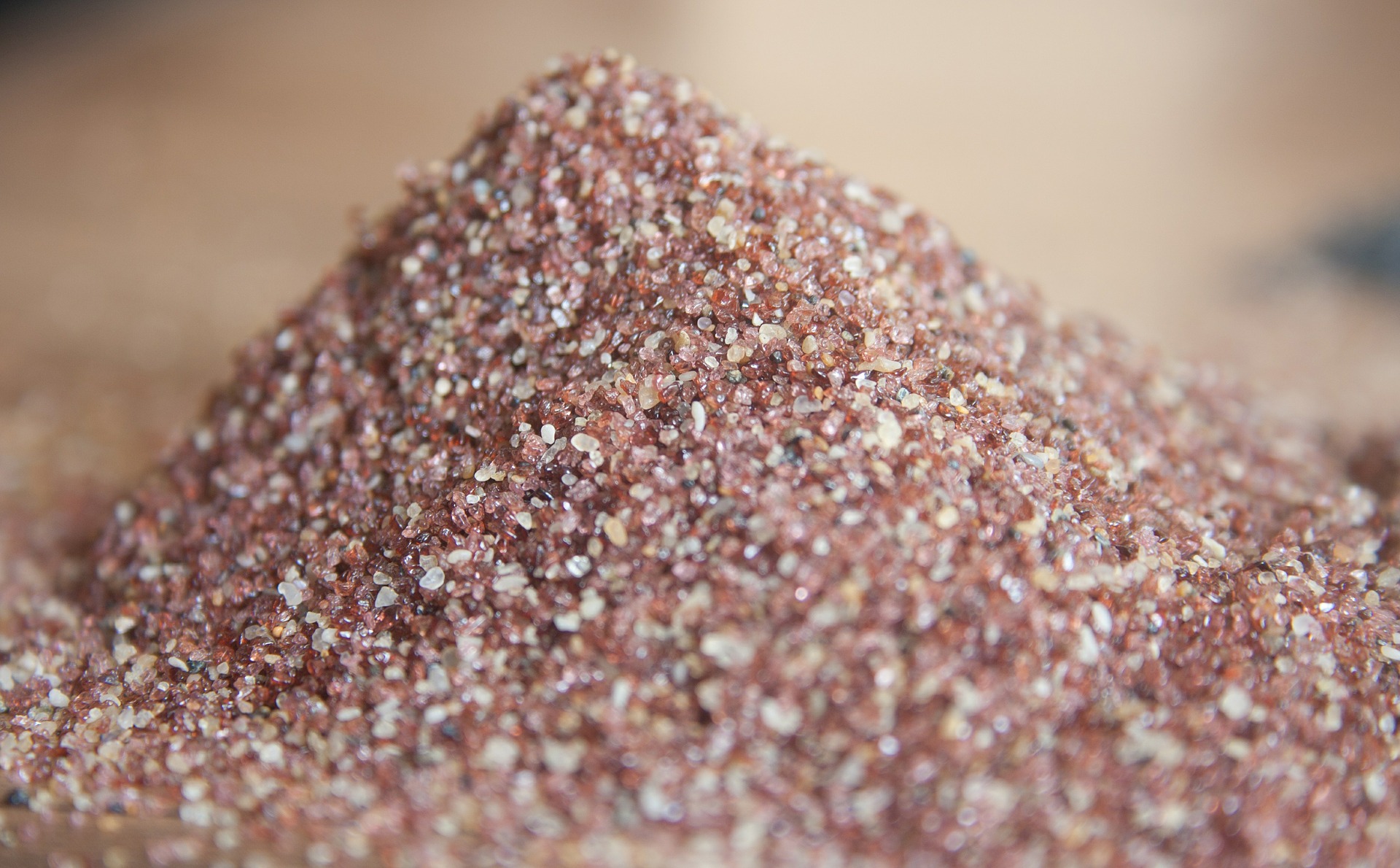
Silica is composed of the two most abundant elements in the earth’s crust, silicon and oxygen. Silica exists in various crystalline forms such as fibrous, granular, anhydrous, tridymite, cristobalite, and quartz. Quartz is the second most common mineral in earth’s crust.
Before sale, silica deposits go through extensive processing including cleaning, washing, scrubbing, melting, and grinding to remove impurities and to produce the ideal size distribution of product depending upon end–use. Silica has a number of end-uses and applications across various industries.
One is the energy sector where increased exploration and production for oil and gas has increased the demand for silica use in the past decade. It is widely used as a proppant that holds open the fractures created by hydraulic fracturing allowing oil and gas to flow out of the formation and into the well bore. Exhibit 1 shows the United States consumed 100 million tons of industrial sand and gravel in 2017, a 33% growth from previous year, mainly due to increased activity in oil and gas industry.

Exhibit 1: Share of end-uses for U.S. consumption of silica sand in 2017.
Other than hydraulic fracturing for oil and gas production, silica is also used in various other industries. A few of the major applications are listed below:
- Glass: glass containers, flat glass, automotive glass, fiberglass, and specialty glass
- Construction: flooring, roofing, mortars, and specialty cements
- Ceramics: glossier products, and applications that need good thermal resistance
- Foundries: highway and construction use, aggregate substitutes, and manufactured soils
- Chemicals: Polymers, personal care products, industrial cleaners, fiber optics
With such vast uses of silica in various industries, silica demand continues to increase globally. Each of these applications requires silica with a specific set of properties and compositional requirements. For example, precipitated silica which is silica in its finest form can be used as filler for plastics, rubber, paints, adhesives, cosmetics, and anti-corrosion agents.
ADI has supported a wide range of silica producers and consumers with various consulting engagement focused on market research, strategic planning, application development, and process and technology commercialization. Please contact us to learn more.
— Faiza Tanvir and Uday Turaga



















